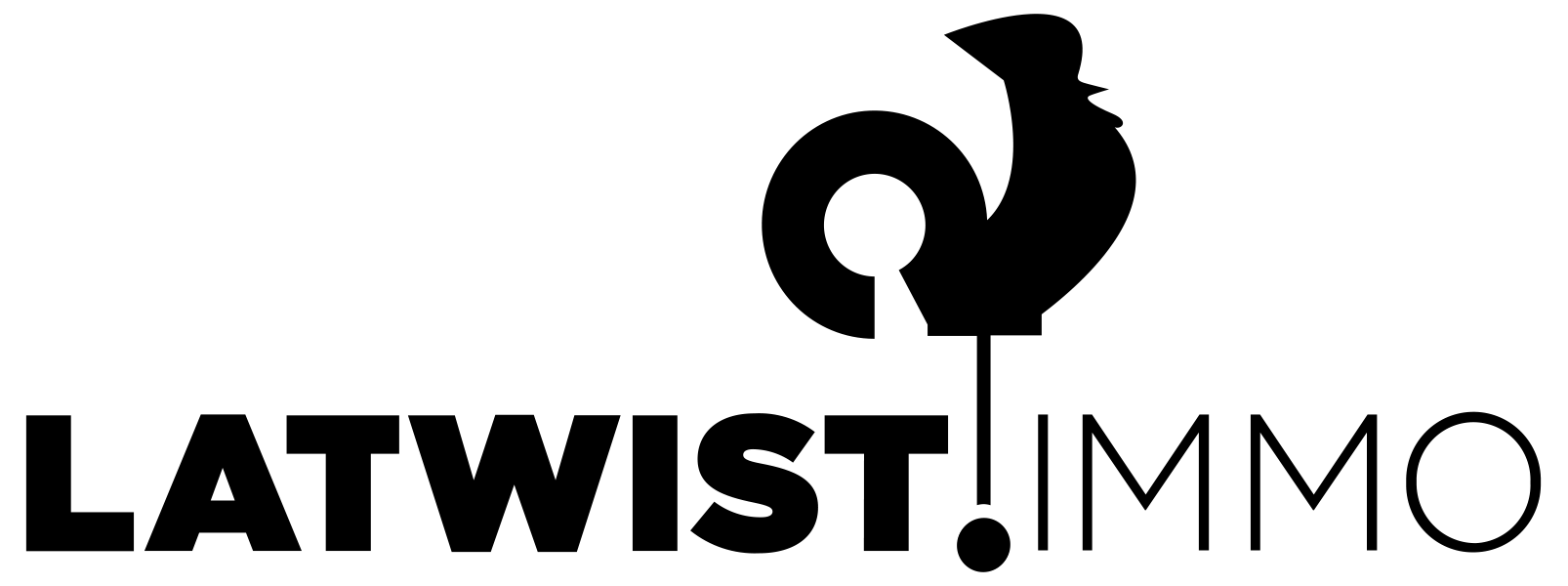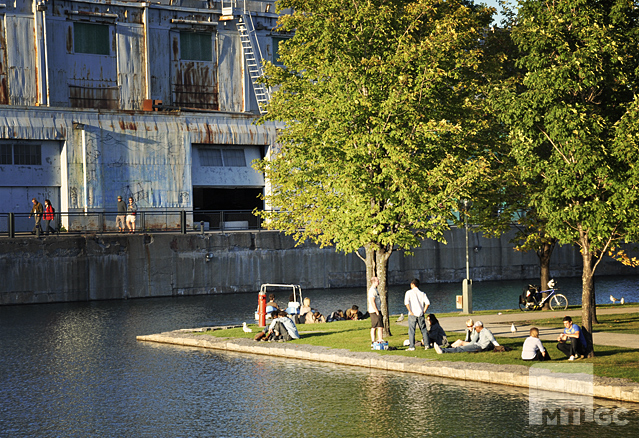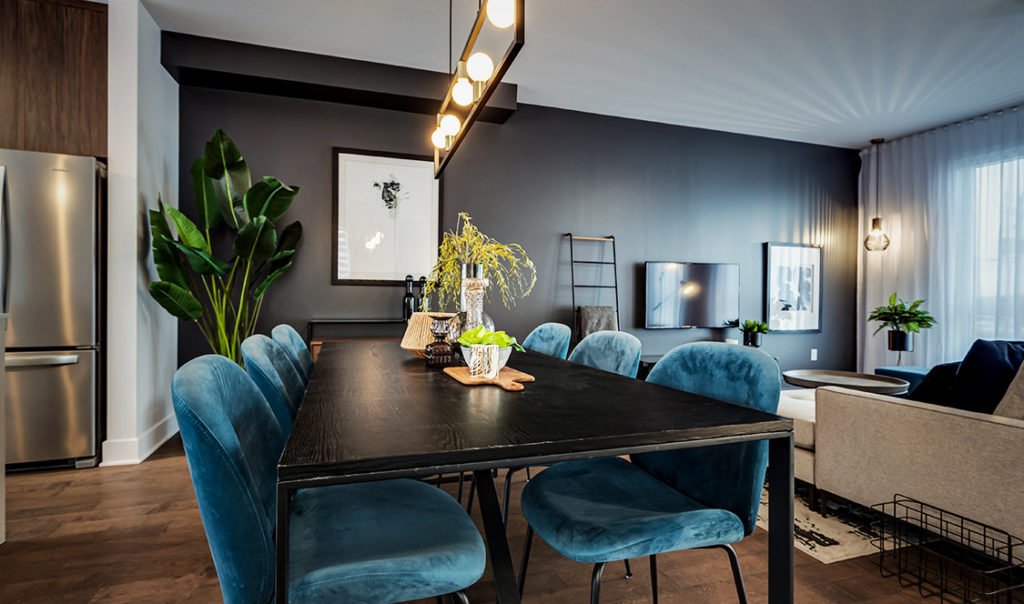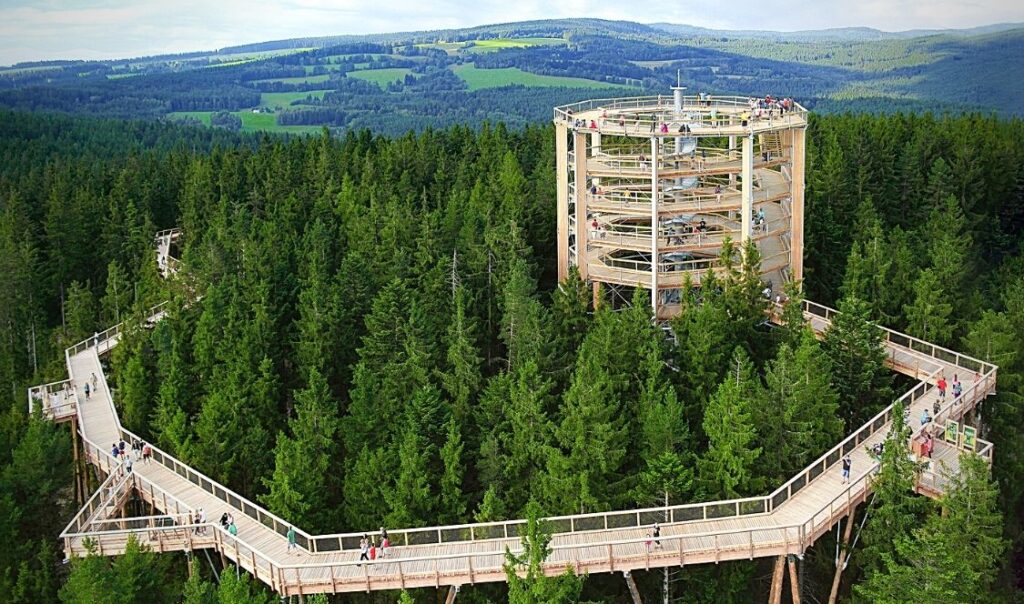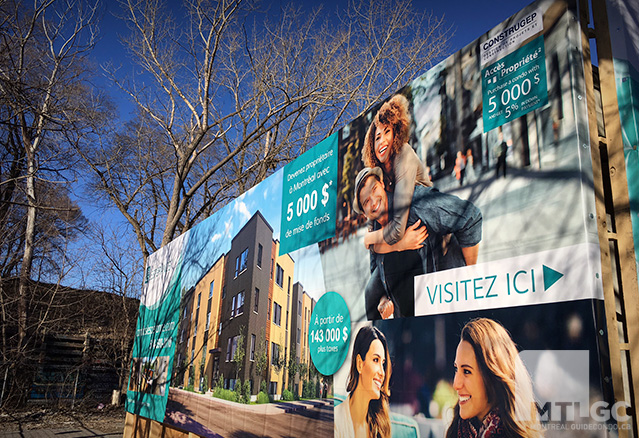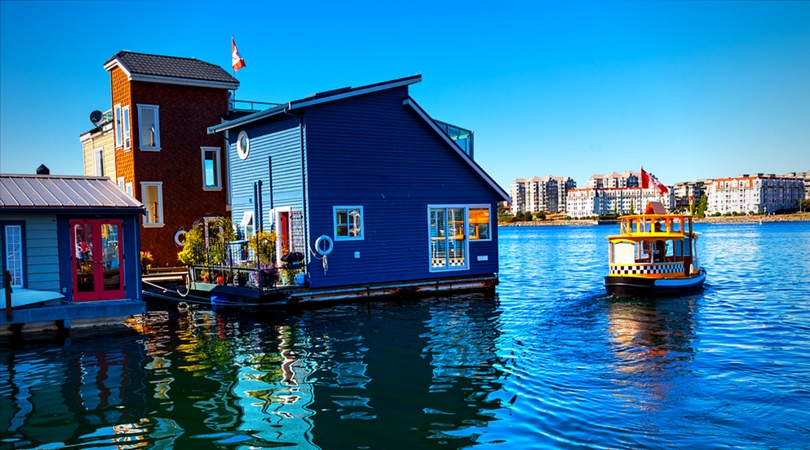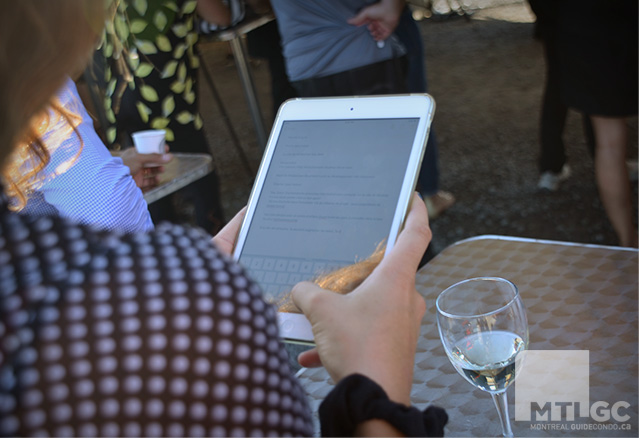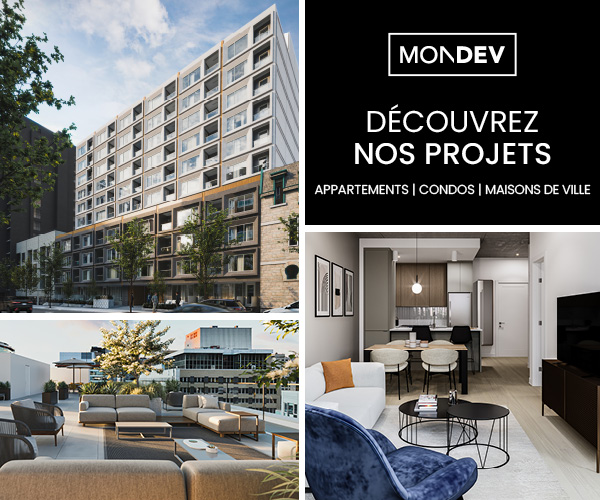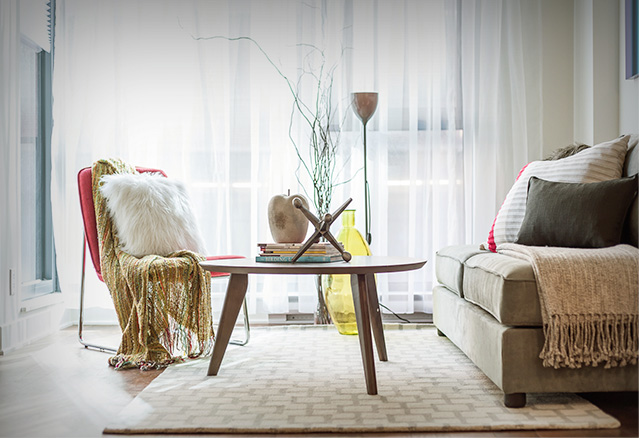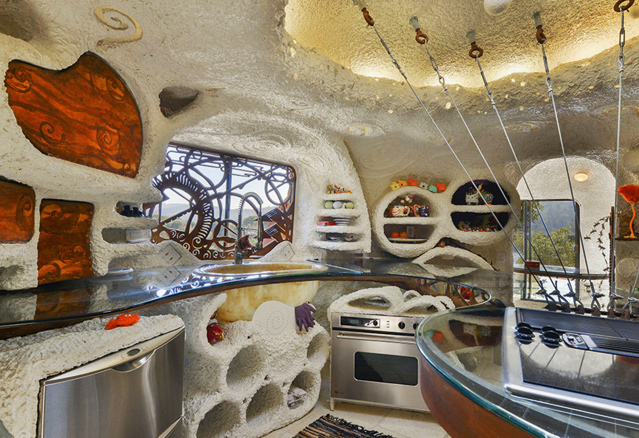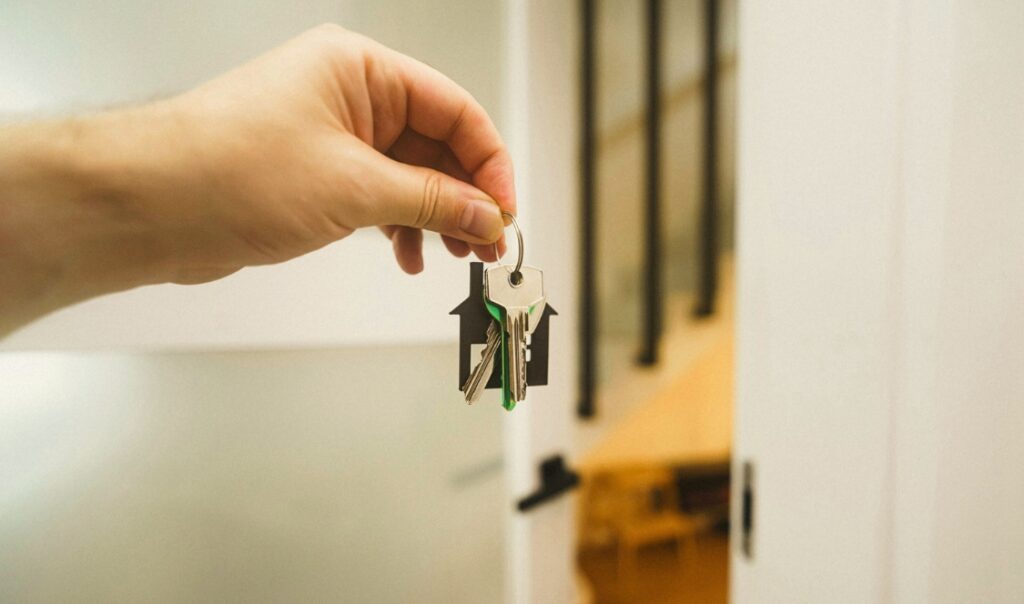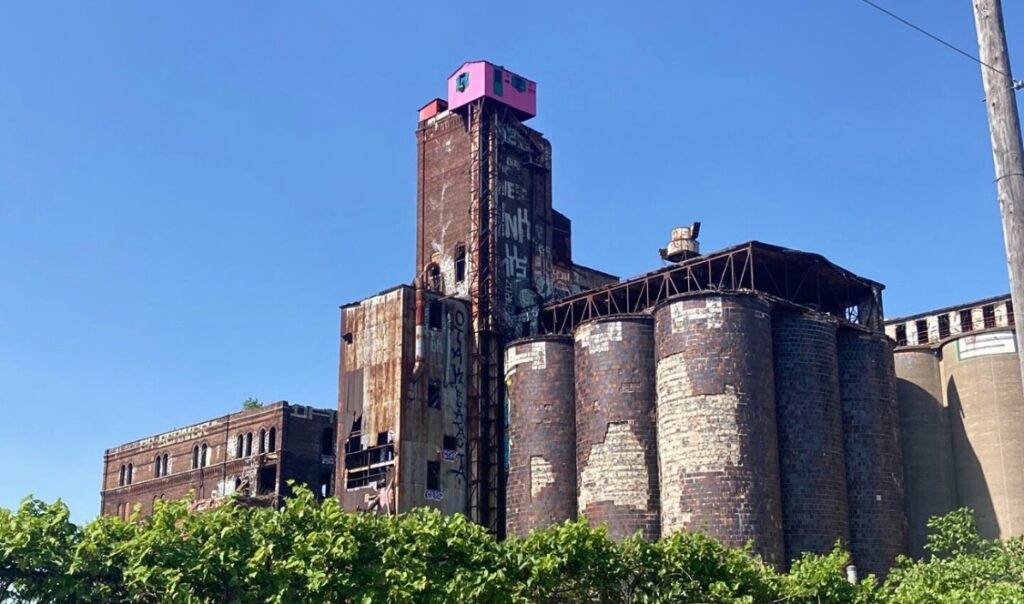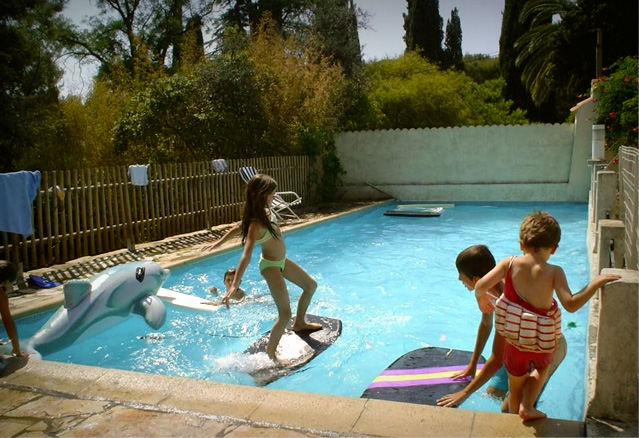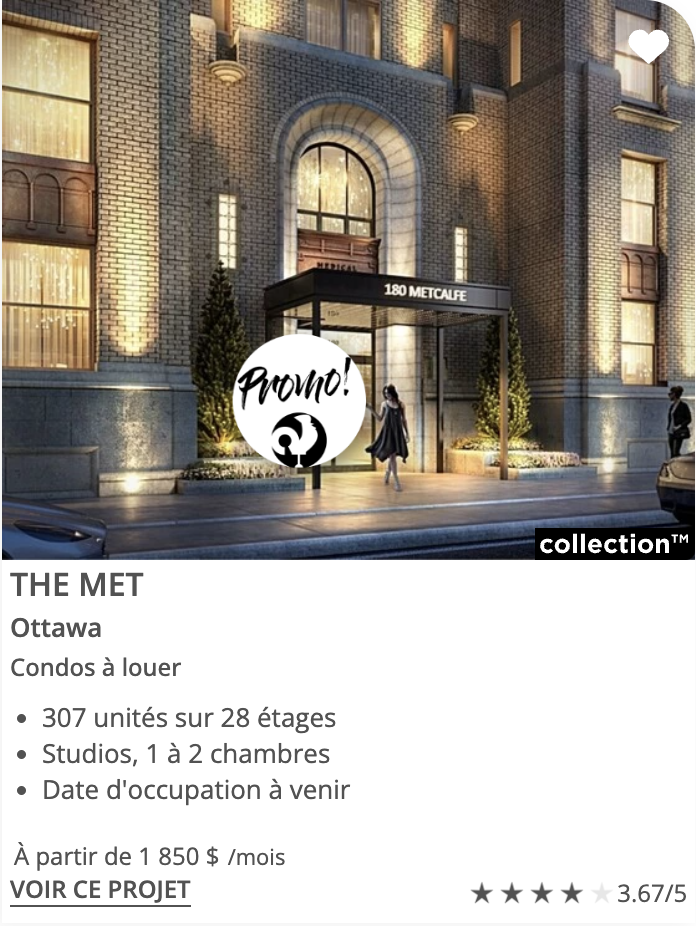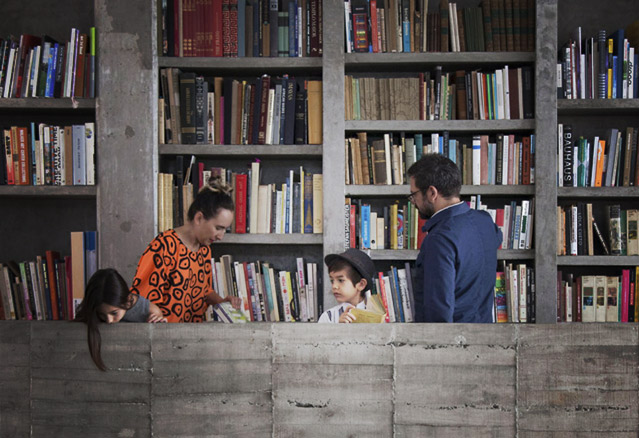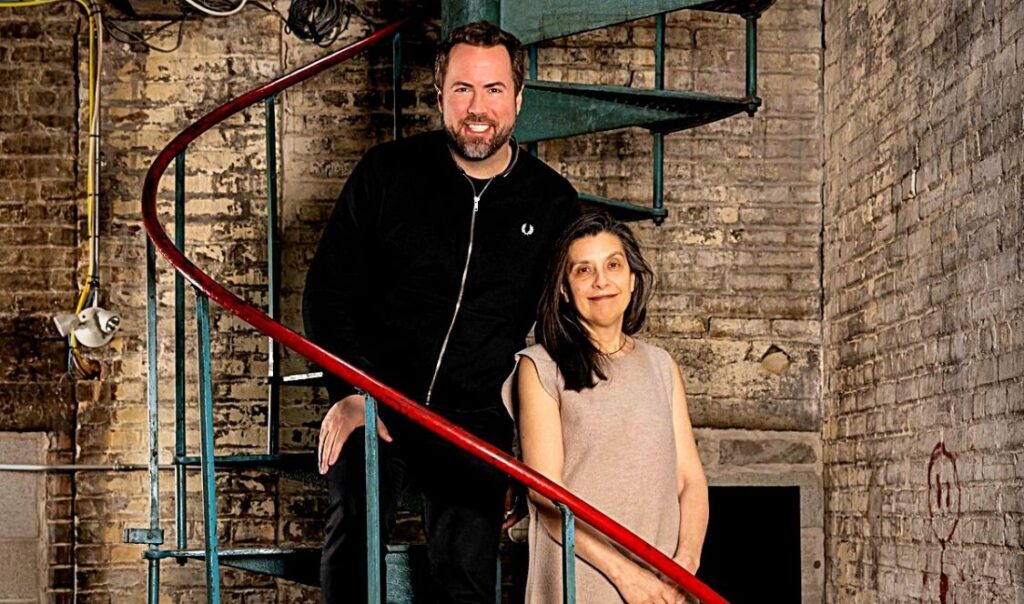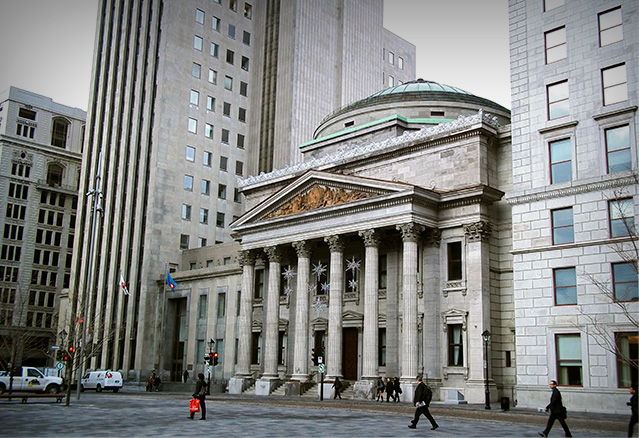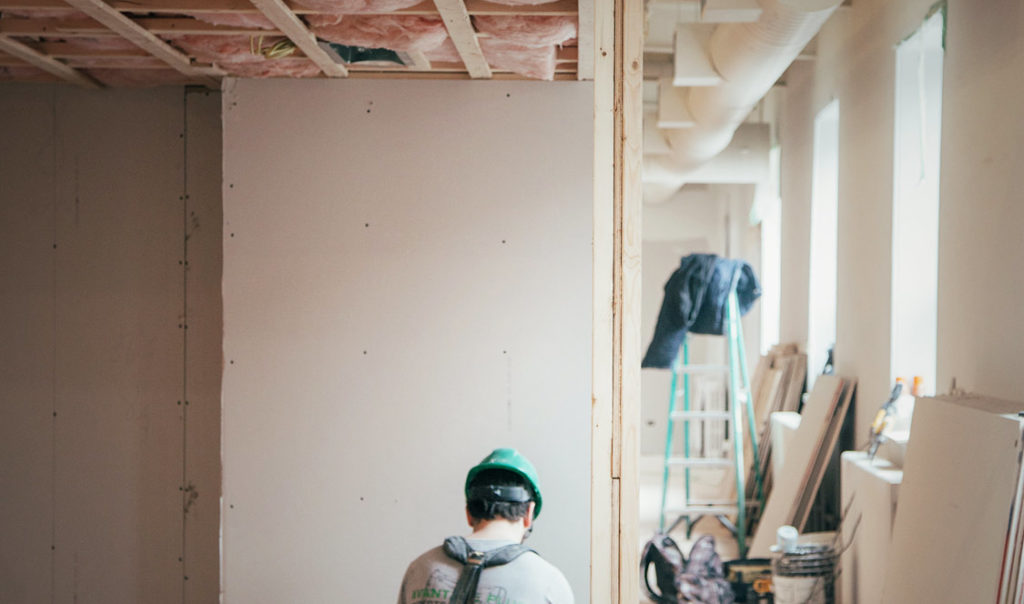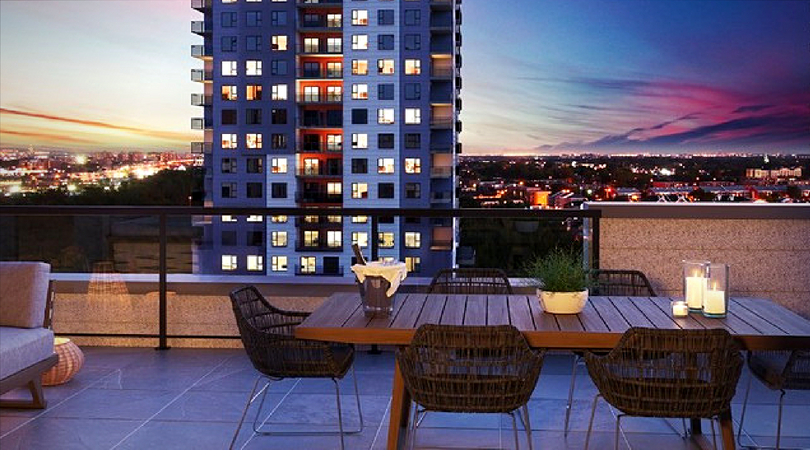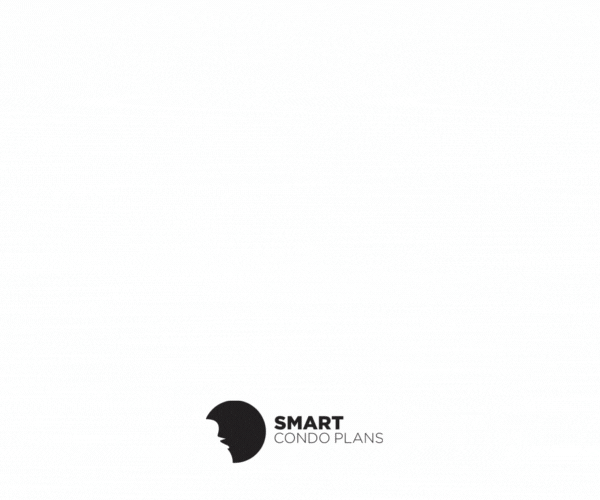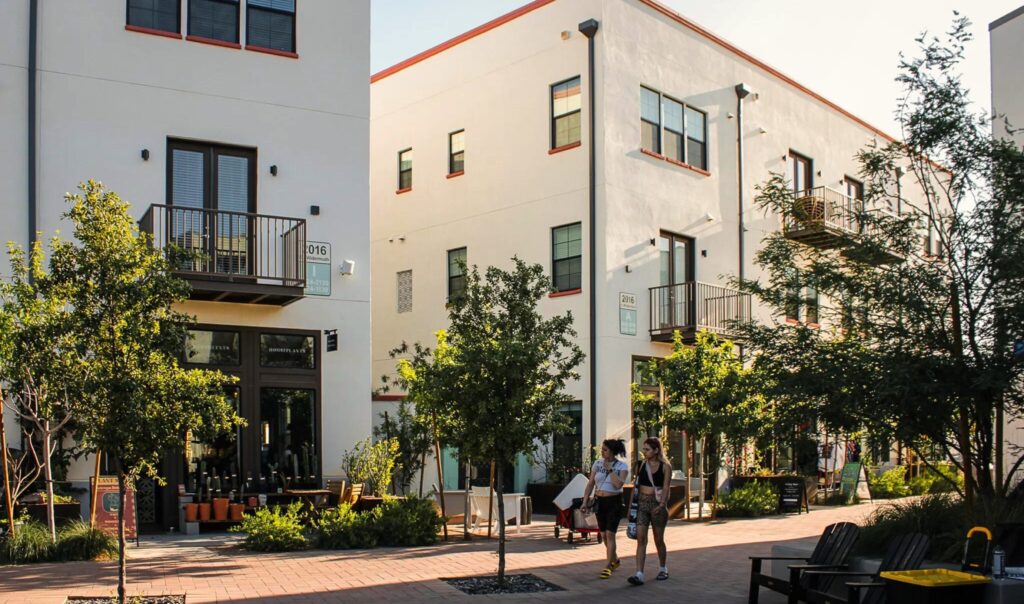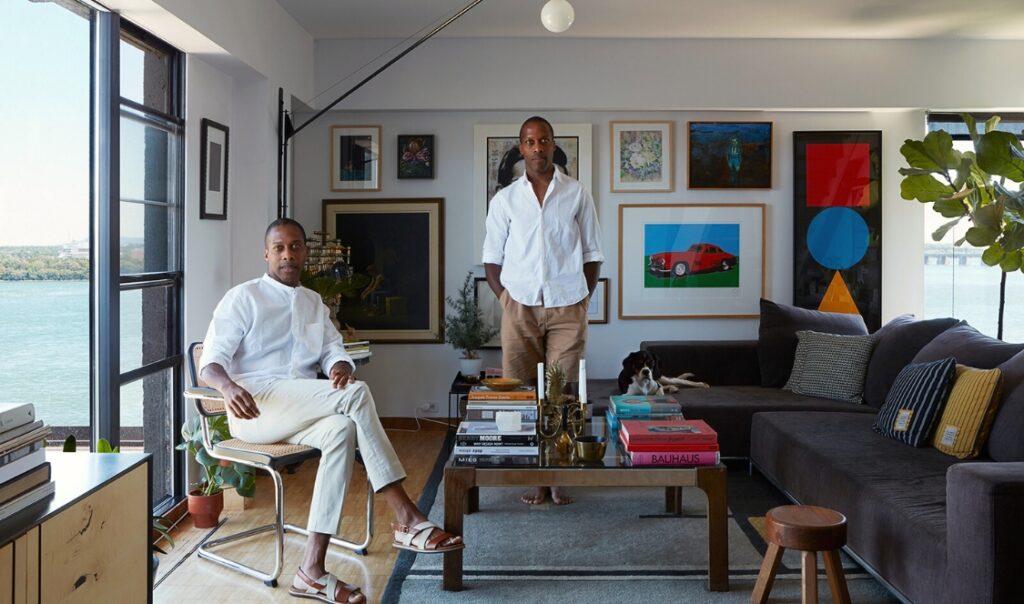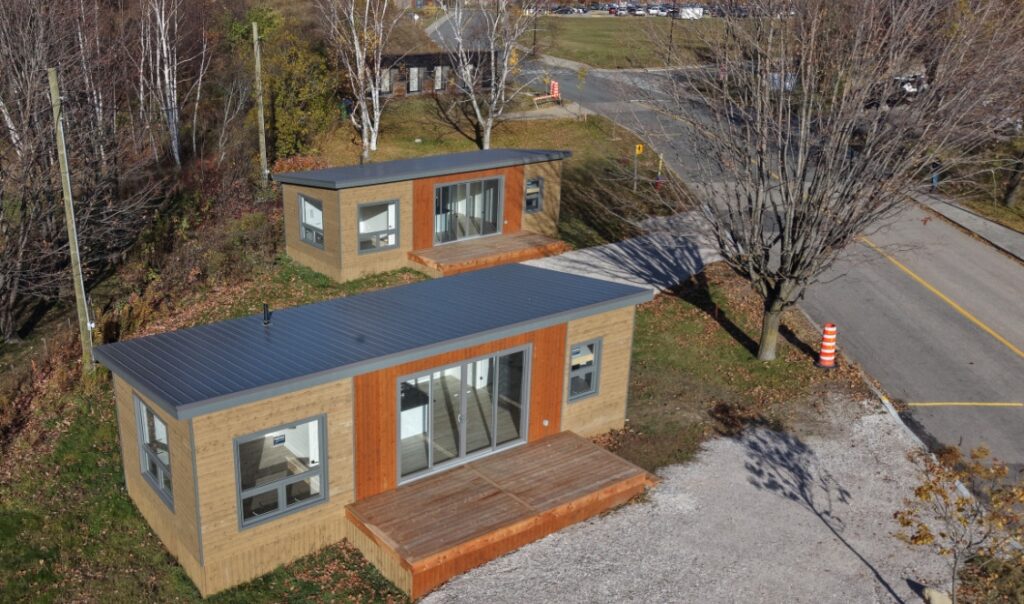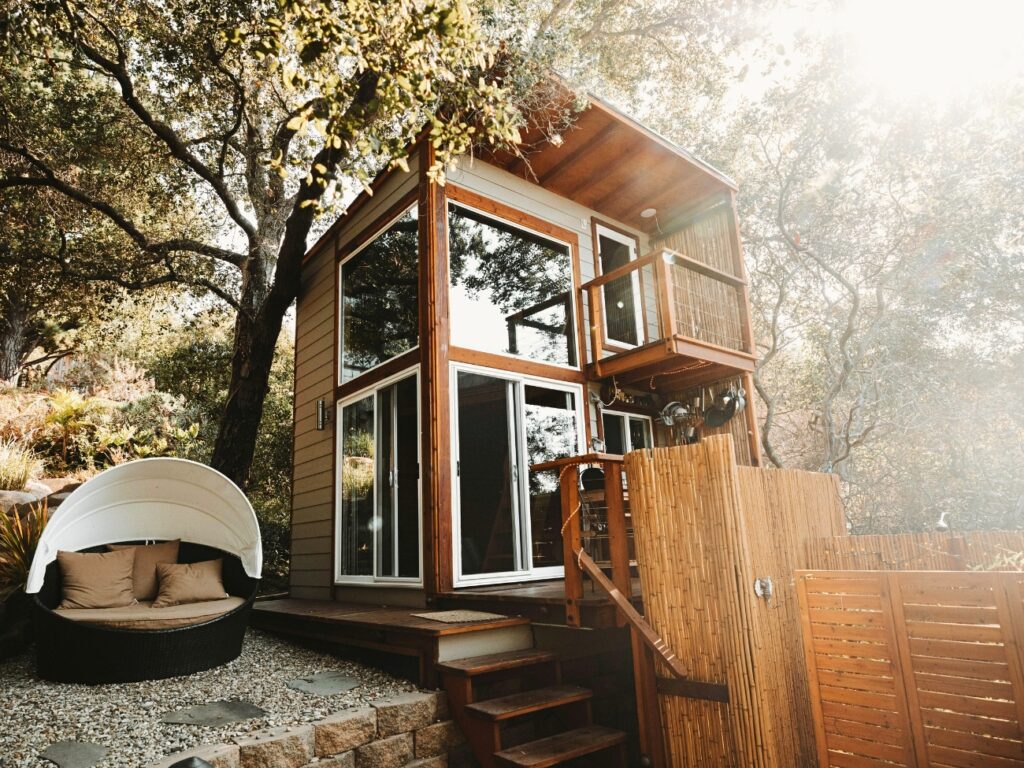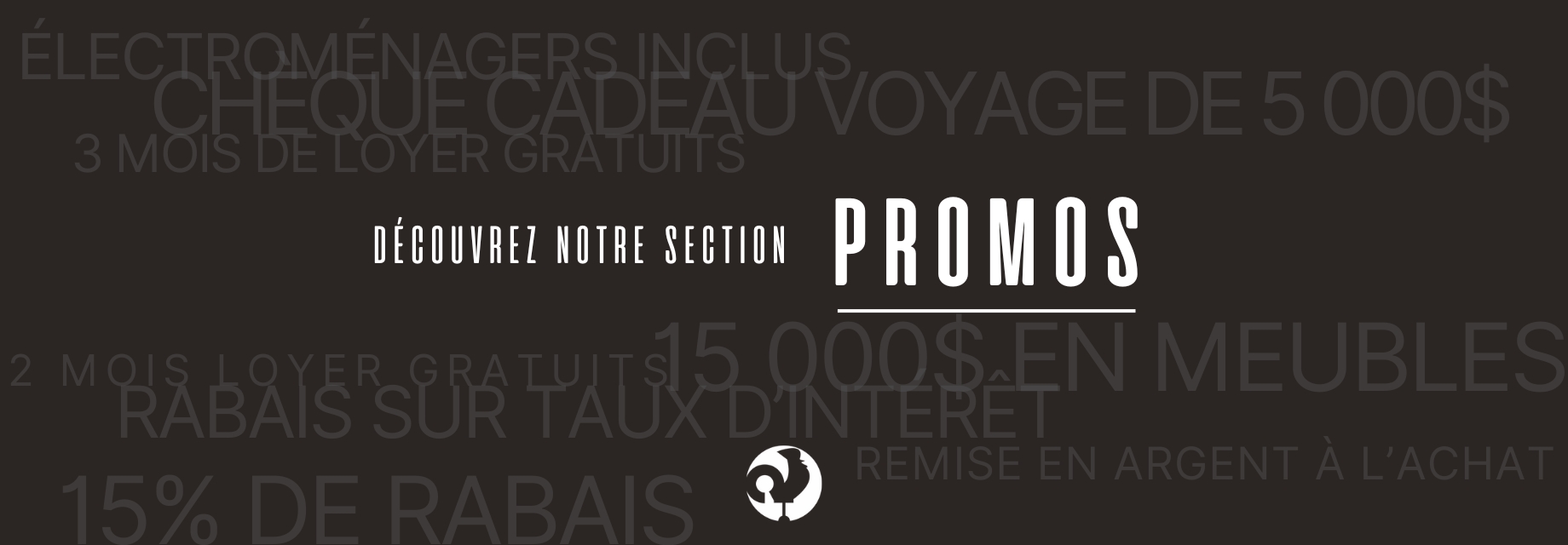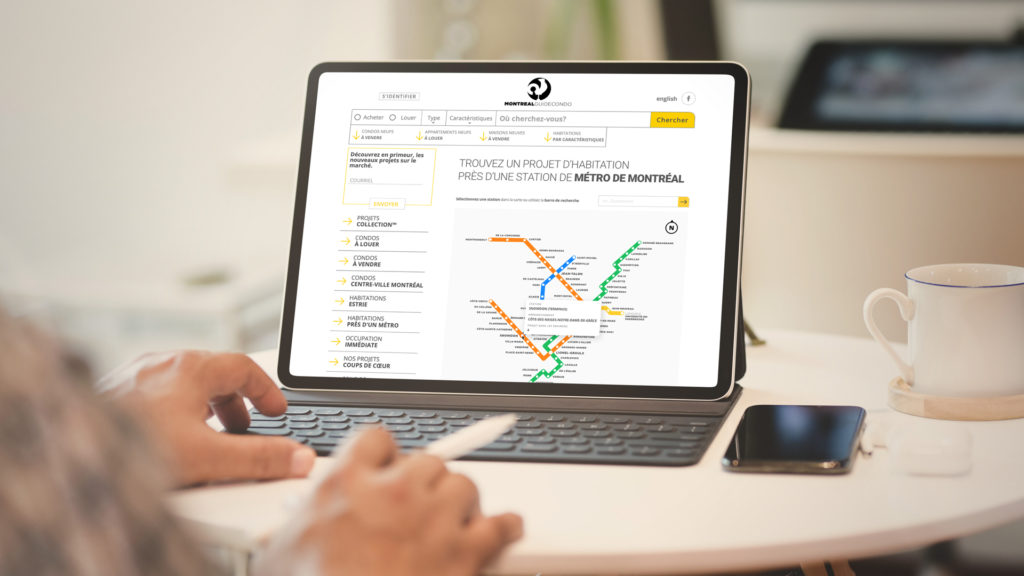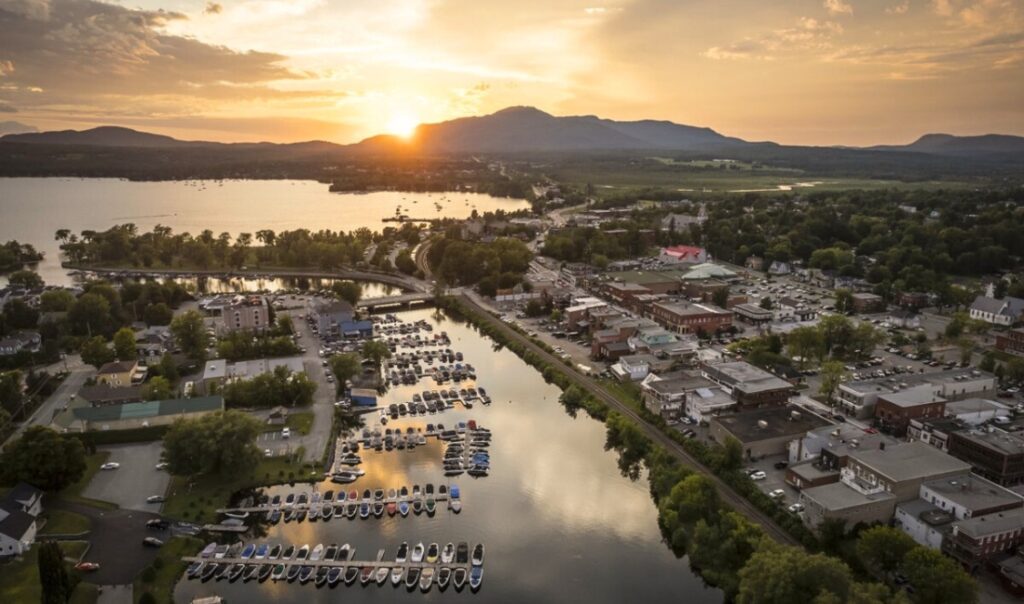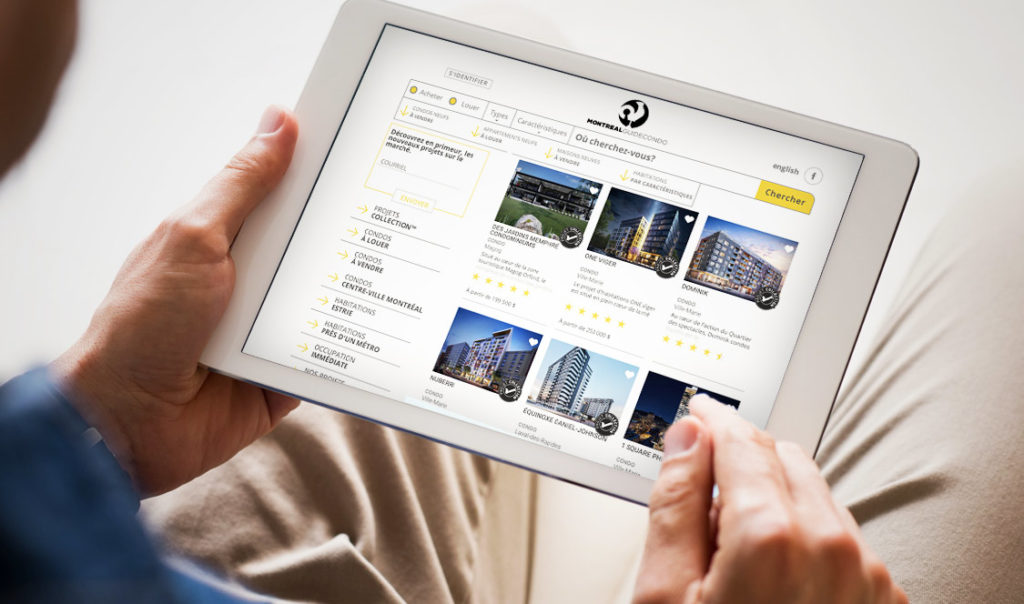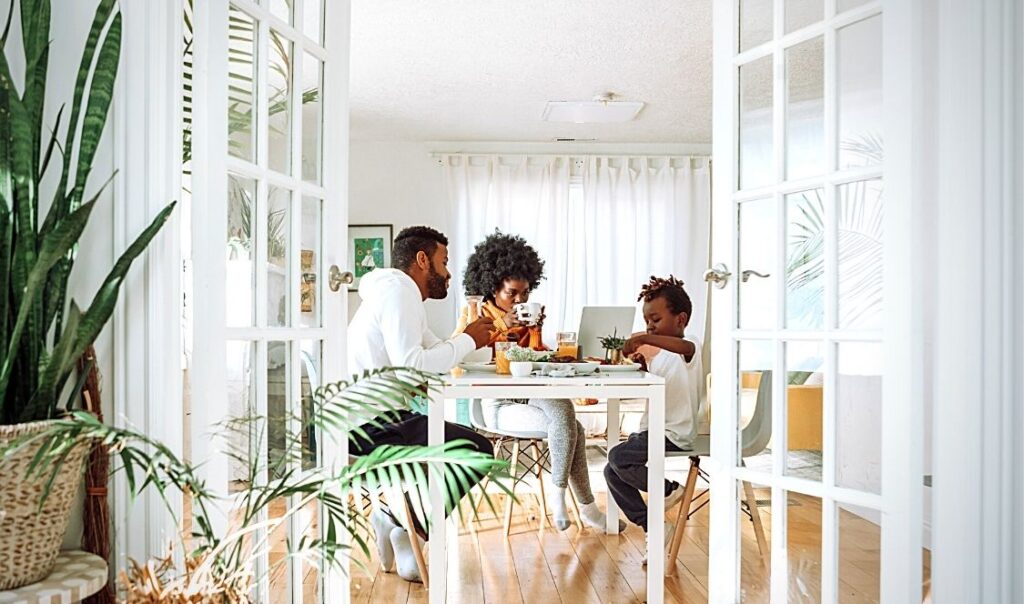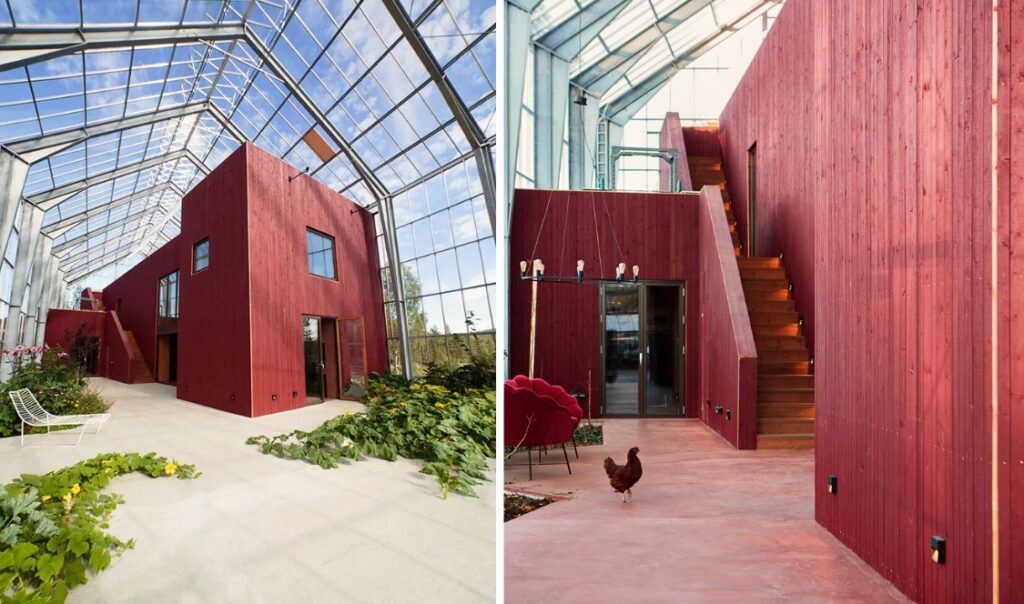With condo developments in construction on both sides, and the federal government about to invest $130 million in upgrades, the Lachine Canal can be one of the world’s great urban oases.
If you’ve been to New York City in the last few years, you most certainly would have visited the High Line, the 2-km linear park built on an abandoned elevated railroad on the West Side of Manhattan. Over 20 million people have visited the High Line since the first section opened in 2009. It has appeared in numerous design publications, and has helped to boost condo development in the neighbourhoods around it.
Since then, cities around the world have considered how they might create their own high lines with their underused and post-industrial infrastructure. Places like Toronto, Rome, Sydney, Seoul, Liverpool, Chicago and many others, have either discussed the potential, or are in the process of developing their own elevated walkways of landscape architecture. Even in Montreal, we’re seduced by the allure of a high line.
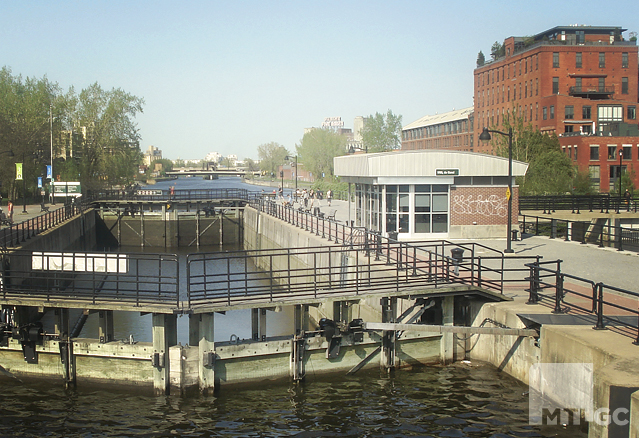
Local commentators have suggested saving a portion of the Bonaventure Expressway, a small bridge in the Plateau, and a place in the Old Port. It’s easy to see why the idea of a high line has become so popular: the ability to pleasantly stroll through the urban landscape, elevated above the hectic city streets. However, why should Montreal be so quick to create a linear, vegetated escape from busy urban life, when we have the Lachine Canal? It’s not elevated, but at 14-kms in length, it provides an interesting topographical break in the city.
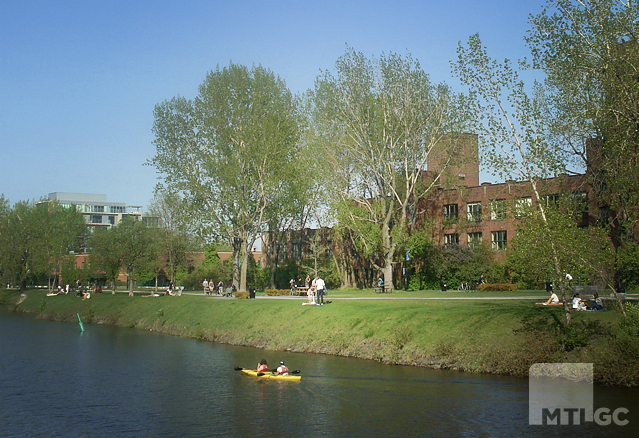
From the Old Port until the Atwater Tunnel, condo projects such as, District Griffin, Bassins du Havre, Gallery Lofts, Le Canal, and MYST, are giving the canal a liveable, dense and new aesthetic. An abundance of people can be seen walking, cycling and running along the canal, or relaxing on its banks. It’s not hard to understand why condo developers see value in the land adjacent to the Lachine Canal. In terms of quality of life, it’s like living next to a park and a small river.
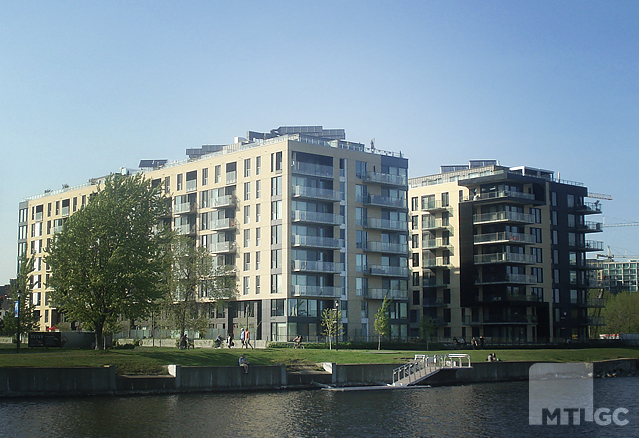
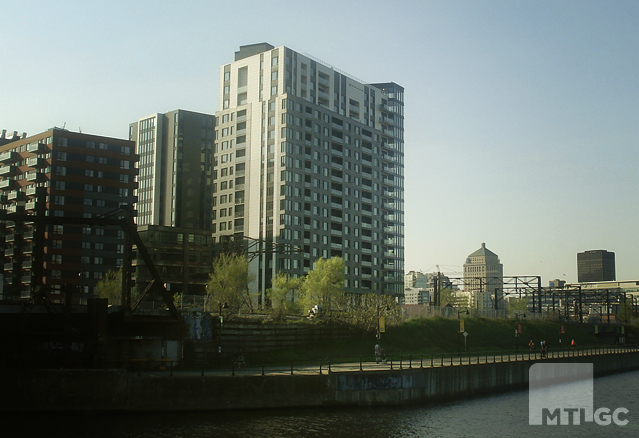
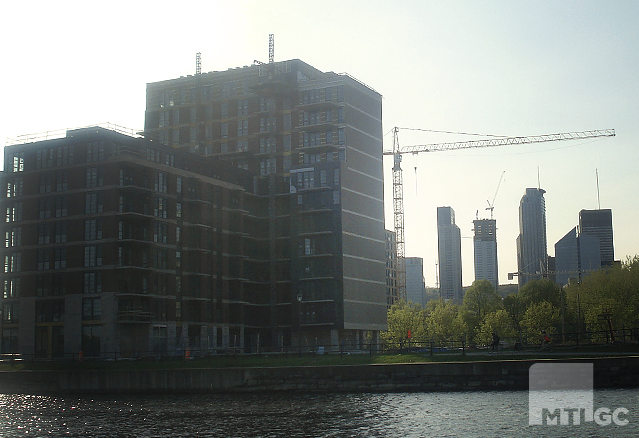
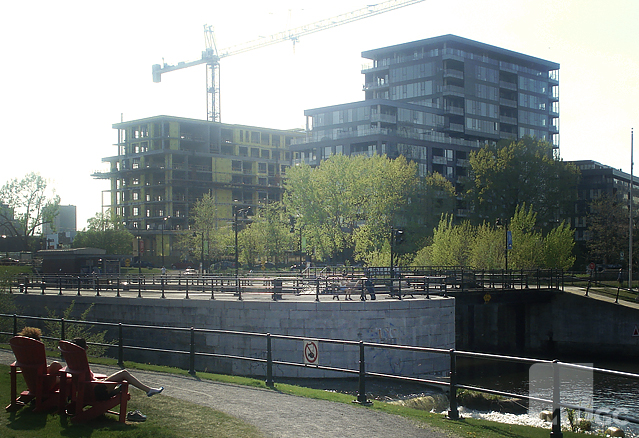
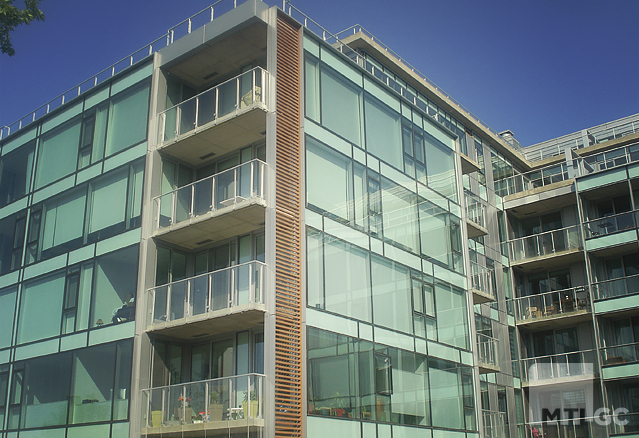
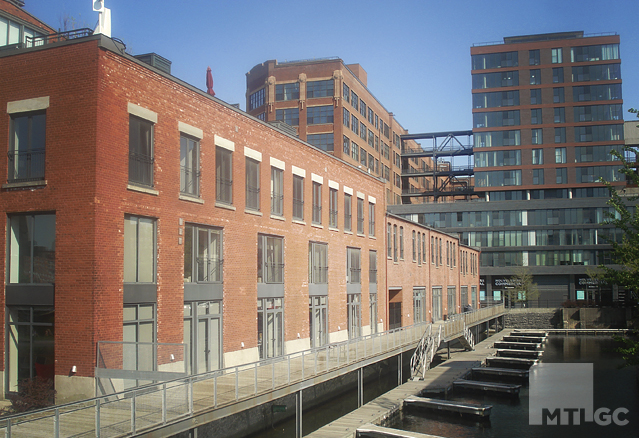
If you think the Lachine Canal is impressive right now, just wait until the federal government’s $130 million upgrades to the small bridges, walls and spillways are complete. The improvements are desperately needed, so that the canal doesn’t become a failed urban opportunity, straddled on both sides by new condo developments.
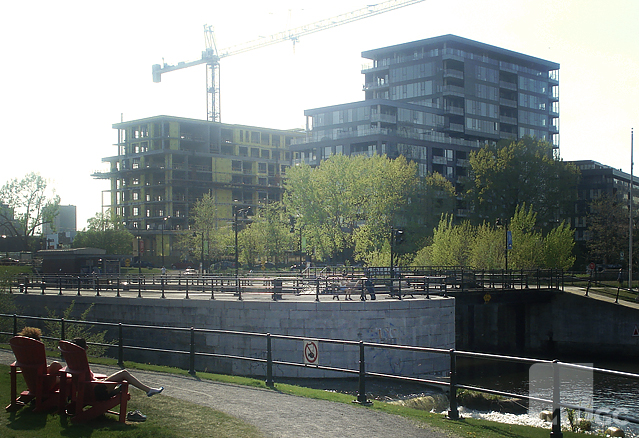
What will excite me even more is when the Turcot Interchange reconfiguration will be completed, because that’s when our beautiful urban canal will get even longer. Currently, the south side of the canal, west of the Atwater Tunnel to the Turcot, is a collection of old industrial buildings and demolished structures. It’s not an attractive place, even passing through. When the major road construction is completed, and this area becomes more hospitable, the canal will benefit.
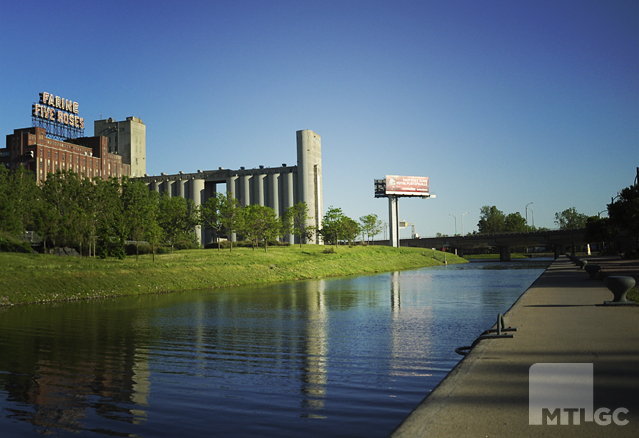
Just imagine cycling and walking along the Lachine Canal from Griffintown, past the Turcot, when all of the proposed condo and infrastructure projects are completed. Or imagine kayaking down the waterway appreciating the eclectic architecture on both sides.
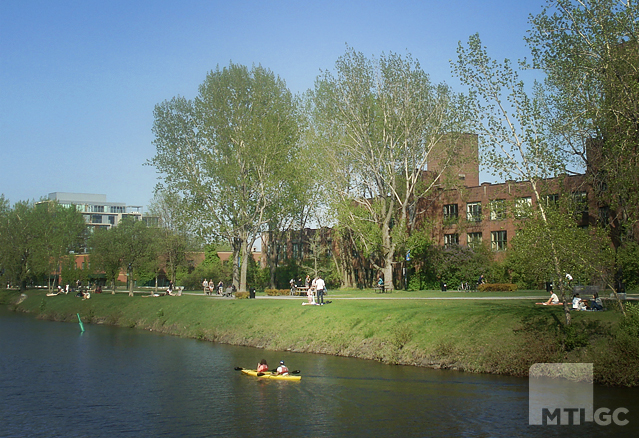
When you’re by the Lachine Canal, it’s like being on a high line. In that moment of time, you’re both in the city, but not of it. You can see the Montreal skyline, while feeling secluded in the canal. It’s like observing the city from the countryside, yet still in an urban environment. From an important waterway in Canada’s industrial history, to a place to live and play, the Lachine Canal has the potential to be one of the world’s great urban oases. For Montrealers and for tourists, it can be almost as attractive as Mount Royal Park. We don’t need to follow the trend by copying other cities, who themselves are only copying New York.
Montreal doesn’t need a high line. We have the Lachine Canal. And if you’re interested to move around, follow this link!
